Werecat
Werecats are Literomancers and Werebeasts who have domestic cats or wildcats as their totemic animal connection. Most werecats are able to shift into a bestial and/or half-bestial form at will. Partial transformations are also possible. Some will also shift if certain triggers — such as a particular moon phase or becoming angry — occur.
It is widely believed, although not confirmed, that Werecats were once strongly associated with The Missing House, especially since there seems to have been a significant number of werecats among The Castaways. However, many have since found new homes, mostly among The Great Houses of the Woodland Family Alliance.
While Weretigers are technically also Werecats, they are discussed in a separate article.
Basic Information
Anatomy
In human form, werecats are indistinguishable from an average Human . They may have feline features, such as intense eyes, twitchy mannerisms, or a graceful way of moving, but they are human otherwise.
In beast form, werecats are physically no different than an average cat or wildcat. Mentally, though, they still retain their personhood and can make decisions as they would in any other form.
Werecats are one of those werebeast species who are likely to develop multiple tails in the course of their lives, although no currently "known" werecat has this feature.
Totemically, all werebeasts can sense another of their kind with their normal senses. As the therianthropic abilities of werebeasts are not scientific in nature, they cannot be detected through any sort of physical or genetic examination.
Genetics and Reproduction
Like most werecreatures, werecats can choose to reproduce as a human or as the animal type they are. To do the latter requires that their partner also be a werebeast. Human babies are conceived and born in the normal human fashion, although it isn't uncommon for weretigers to conceive twins or even triplets, both identical and fraternal. They are known as kittens or cubs.
Growth Rate & Stages
Kittens and cubs can be birthed in either human form, or in beast form. Kittens and cubs born in beast form transform into a human toddler around three months after their birth, and remain in that form for the remainder of their life unless they develop a totemic connection as a werebeast themselves.
Werecats mature and grow at the same rate as a human after shifting.
Ecology and Habitats
Almost every habitat on earth has an indigenous form of cat, the exceptions being Australia and Antarctica. As a result, werecats are extremely widespread. Most werecats retain a certain preference for the habitat that suits their totemic connection, but they can be found anywhere.
Dietary Needs and Habits
Werecats are omnivorous in their human forms much like a normal human would be. In their beast form, however, they are carnivorous and prefer to hunt their prey. Most werecats will have diets high in meats and other proteins no matter their form to avoid digestive upset.
Biological Cycle
Some werecats will experience a colour change in their fur in the spring and autumn. Were-snow-leopards, for example, will gain a coat of off-white fur in the winter, which is replaced by yellow-white and dun brown fur in the summer months.
Behaviour
Werecats tend to take on some personality traits of their totemic connection. They are observant, and often have a streak of both ferocity and playfulness. They tend to be protective of the beings they include in their social circles. With some exceptions, they are social beings, and thus get along well with other socially-oriented Werebeasts, but that socialization usually has to be on their terms. Autism is more common among them than the average population — or perhaps it's just that cats tend to have similar ways of thinking.
Additional Information
Perception and Sensory Capabilities
Like all cats, Werecats can see extremely well in low light in their cat or part-cat forms, due to the unique retro-reflector membrane behind their retinas, and the ability to lens their irises into slits, or dilate them completely. Their whiskers are tactile sensory organs that allow them to navigate even in total darkness. They are excellent visual hunters who can see at only one-sixth the light level required for human vision. To take advantage of this, of course, their eyes must be shifted to be cat-like.
Civilization and Culture
Common Myths and Legends
Werecats are a fixture in diverse cultures around the world, from the Aztec and Mayan werejaguars, to Asian Weretigers, to European domestic werecats and werepanthers. They are often portrayed as morally ambiguous figures, playful and affectionate at one moment, and consummate predators the next.
WIP
Streamer
Missing
Status: Location Unknown
Deceased
Status: Deceased Character
Retired
Status: Retired Character or Article
Genetic Ancestor(s)
Scientific Name
Homo belua felis
Conservation Status
While werebeasts are hardly common, werecats are some of the most common werebeasts.
Geographic Distribution
Related Organizations
Related Ethnicities


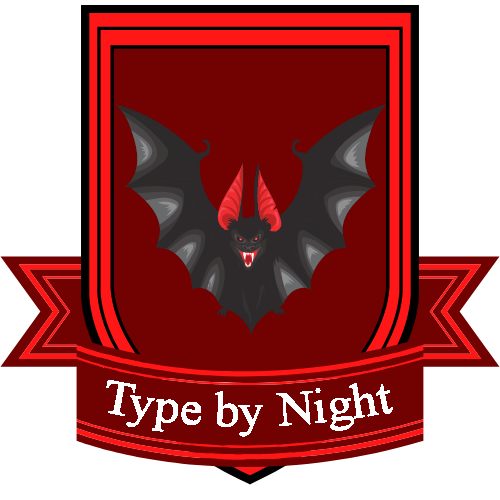

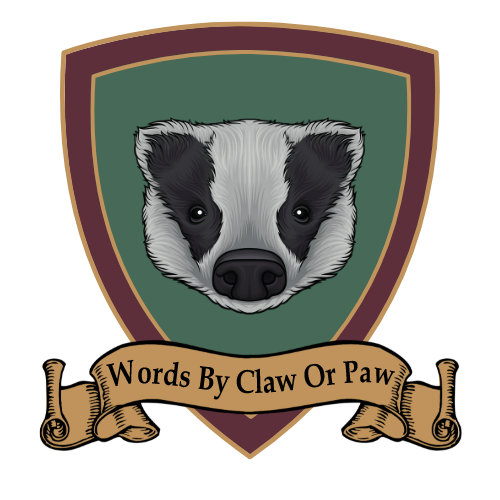



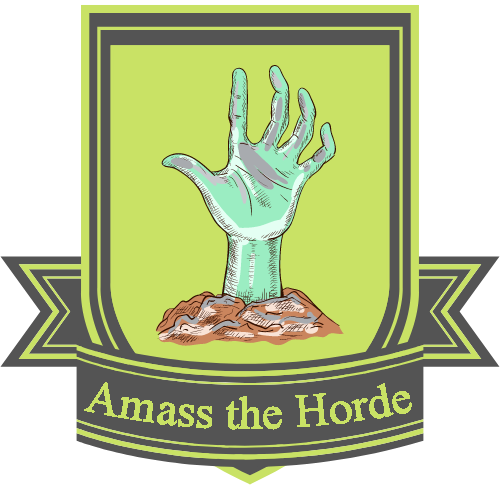



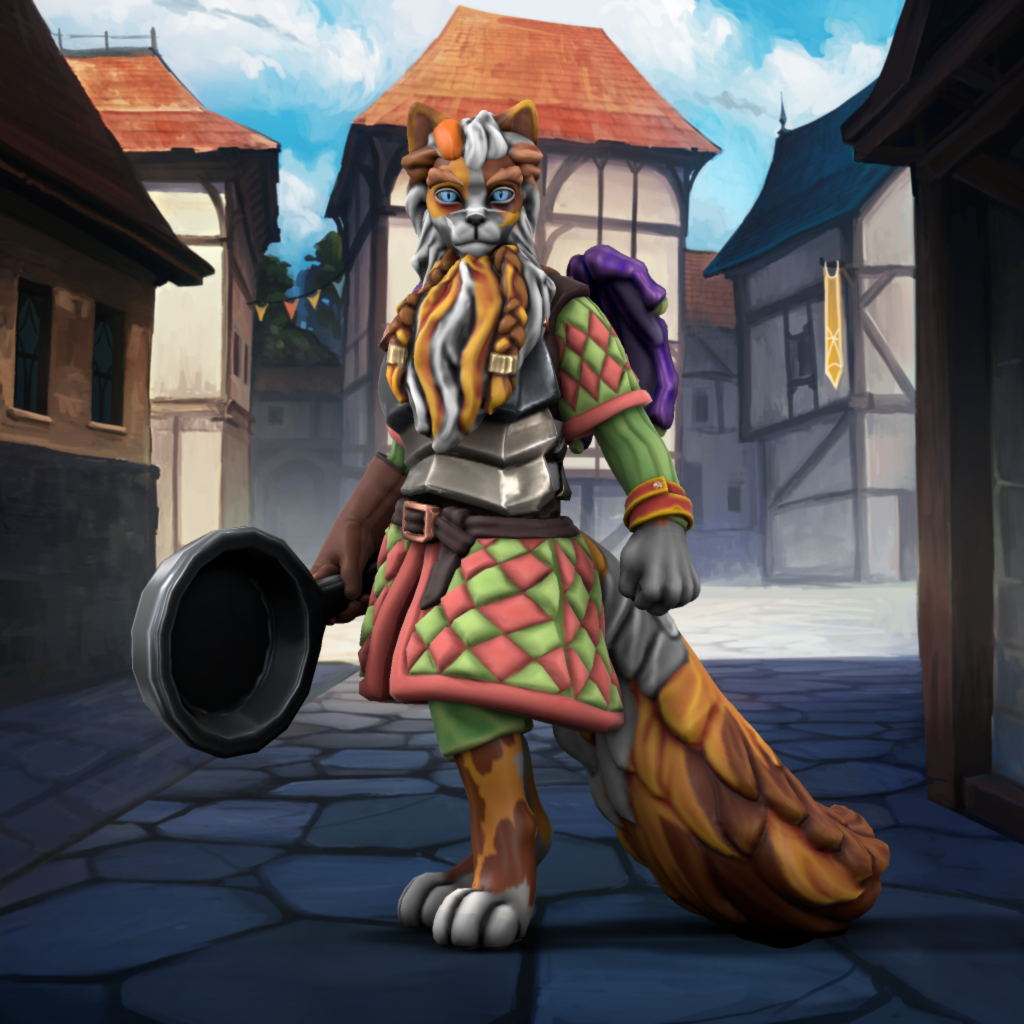
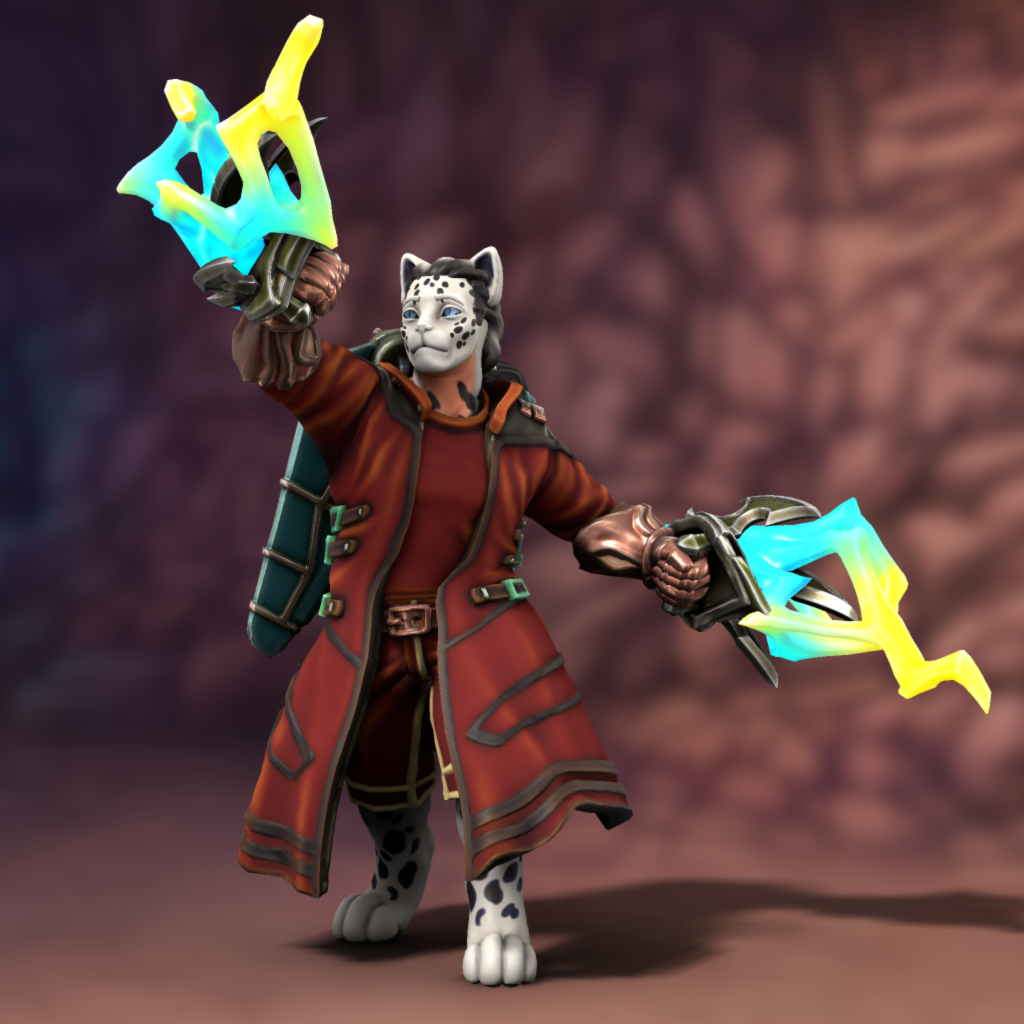

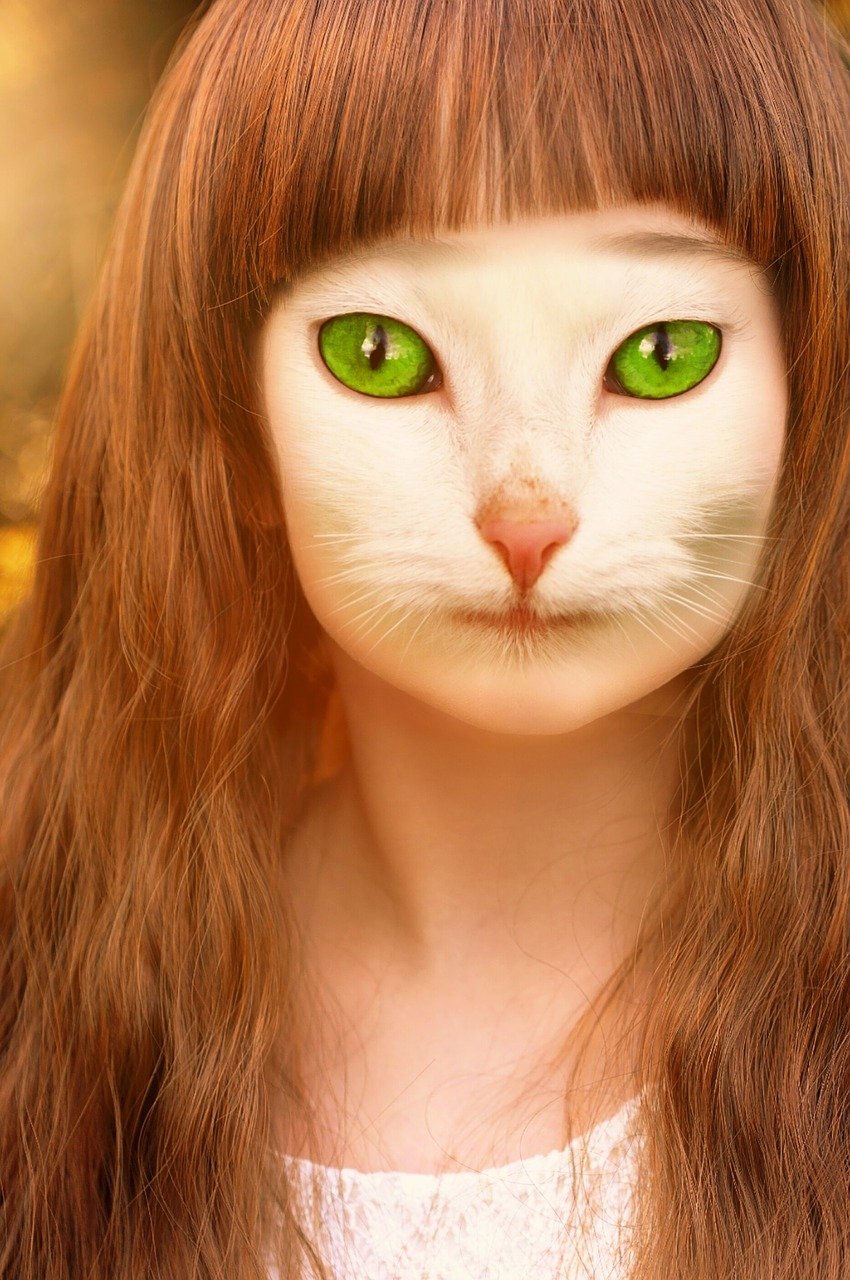



Comments